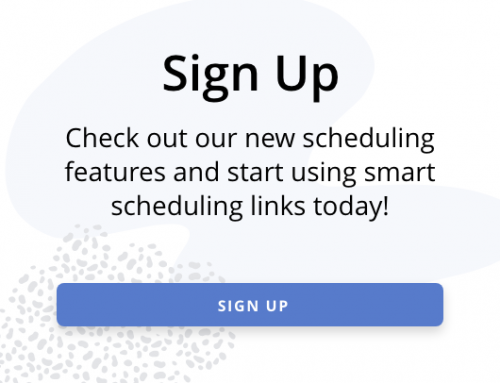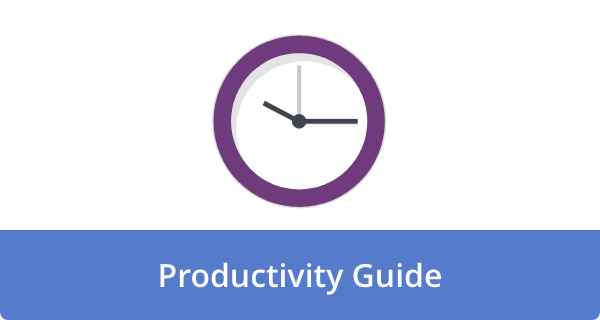

You already know meetings multiply faster than rabbits. Projects stall, context gets lost, and your best thinkers do their real work after hours. The fix is not louder Slack threads. It is durable playbooks that make async the default without killing momentum. Here are 17 ideas that you can use for your team:
1) Write the rules you actually want followed
Codify how your team communicates when time zones and calendars do not align. Decide where work happens, how long people have to respond, and what deserves a meeting. Publish a one-page “How we work async” and pin it in your tools. When expectations are explicit, people relax and execute, not guess. The logic is simple cause and effect: ambiguity creates interruptions, and interruptions create delays. Borrow the discipline you use for content briefs or SOPs and apply it to communication.
2) Standardize status updates with a tiny template
Kill the weekly status meeting by mandating a 5-minute written update before noon local time each Thursday. Use the same three prompts every week so readers can scan in seconds. Consistency beats creativity here because leaders learn where to look. Over one quarter at a fintech I advised, this reduced meeting hours by 28% and made dependencies surface earlier. When a signal is easy to produce and consume, people produce more of it.
3) Make decisions visible, not tribal
Adopt a written decision record with a simple lifecycle: proposal, feedback window, decision, owner, date, and follow-up date. Store it in a shared folder with predictable names like “2025-10-23_decision_hiring-freeze.md.” People can disagree without blocking, because the record captures reasoning and trade-offs. Over time, this becomes institutional memory that survives reorgs and new managers. The why matters as much as the what.
4) Define response-time SLAs by channel
Different channels deserve different speeds. For example: issue tracker within 24 business hours, project channel within 8, direct messages within 4 unless marked urgent. Write the expectation at the top of each channel. This lowers anxiety, curbs “just circling back” pings, and protects deep work. If everything is ASAP, nothing is prioritized. Clear SLAs let you plan your day with confidence.
Example SLA set, adapt to taste
Tickets: reply within 1 business day
Project channels: same day if tagged
Email: 48 hours unless “Decision needed” in subject
5) Decide how you escalate without a meeting
Async fails when ambiguity meets urgency. Publish a crisp escalation ladder that anyone can follow. Example: tag the owner, then the project channel, then the on-call lead, then call the posted phone number. Each rung has a time limit and a person, not a committee. You remove heroics and make urgency safe. That predictability is what keeps Friday nights calm.
6) Replace brainstorms with written divergence first
Before any idea session, the organizer posts context, constraints, and the exact question. Everyone writes for 10 minutes, then reacts in the doc for 10 more. Only then do you meet, and only if needed. You get more ideas from quieter colleagues and avoid groupthink. The structure mirrors high-performing content workflows where briefs sharpen drafts before edits. Quality rises because thinking precedes talking.
7) Put meeting-worthy on a diet
Create a short preflight checklist. If the answer to any item is “no,” it stays async: clear owner, specific decision, pre-read sent 24 hours ahead, agenda with time boxes, and doc for notes. For teams that adopt this, recurring hours typically drop 20 to 40% within two months. Meetings become rarer and more valuable because they earn their place. The goal is not zero meetings. It is high-return meetings.
8) Use lightweight rituals that make writing easy
Rituals create the groove. Start weeks with a “Monday map” post in your team channel: top 3 priorities, one risk, one ask. End Friday with “What moved” highlights. Keep both under 5 sentences. It sounds small. It is the heartbeat that keeps distributed work in rhythm. Borrow from inbound content thinking here: consistent, audience-first updates pull people in without a noisy push.
9) Teach people to write for scanners
Async rises or falls on readability. Coach teammates to front-load conclusions, keep paragraphs short, and use meaningful subheads. Ban wall-of-texts. Encourage active verbs. This is the same discipline that makes high-performing blog posts succeed and keeps readers engaged. Writing that respects cognitive load earns faster responses and fewer follow-ups. You are optimizing for decision speed, not literary flair.
10) Timebox feedback and name the decider
Async feedback without a clock turns into archaeology. Every proposal gets a decision owner and a window, usually 48 to 72 hours. After that, the owner decides and documents the why. People can propose a revert window if evidence changes. This balances speed with inclusion. It also trains crisp tradeoff thinking because the clock forces synthesis.
11) Share “office hours” and quiet blocks
Ask every teammate to publish two weekly office-hour windows and two recurring deep-work blocks on the shared calendar. Protect those times as a social contract. When the group can predict availability, ad hoc pings drop and throughput climbs. This pairs well with the remote-work lesson that the environment drives productivity. You are designing time the way you create workspaces.
12) Audit your communication like content
Once a quarter, run a 60-minute async audit. Pull the last month of updates, decisions, and escalations. What took too long, where did context go missing, which channels created noise, which templates worked? Then prune. Archive dead channels, merge duplicative docs, delete stale tags, and refresh SLAs. Treat your comms like an inbound content program: measure, refine, and compound. On one SaaS team, a basic audit identified 17 zombie channels and reduced unread pings by 32% within a week.
A quick comparison to guide your choices
| Situation | Async tool | Why it wins |
|---|---|---|
| Status update | Template post | Predictable, scannable, searchable |
| Decision with tradeoffs | Decision doc | Captures context and owner |
| Urgent block on shipping | Escalation ladder | Time-bound, person-bound |
| Idea generation | Written divergence | Inclusive, reduces groupthink |
13) Make templates the path of least resistance
People follow the paved road. Offer one-click templates for status, decision records, kickoff briefs, and incident reviews. Pre-fill fields, add examples, and include character limits so posts stay tight. The easier it is to do the right thing, the more often it happens. This is the same trick content teams use with briefs to keep quality high and variance low.
14) Train managers to coach async, not police it
Managers should model the behavior: writing clean updates, waiting for the SLA before nudging, and praising good async habits in public. Run a 90-minute workshop on “writing to lead” with real examples from your team. The message is cultural, not clerical. When managers treat writing as leadership, the team stops treating writing as homework.
15) Celebrate wins in writing
End each sprint or month with a short written retrospective that names people and outcomes. Add one sentence on what you will do differently next time. Storytelling cements culture and shows progress to stakeholders who never join your standups. Recognition in writing scales better than shoutouts in meetings. It becomes the living story of how your team gets work done.
16) Start small, measure loudly
Pick one unit, not the whole company. Roll out three practices for 30 days: weekly written status, decision records, and channel SLAs. Track two numbers you care about, like meeting hours per person and cycle time to decision. Publish the before and after. Teams adopt what they can see. Even a 15% reduction in meetings frees a full workday every month. That is real money and morale.
17) Keep a human escape hatch
Not everything fits async. Sensitive feedback, complex conflict, and ambiguous strategy often need a live conversation. Your playbook should say when to hop on a call and how to summarize the outcome in writing afterward. Respect the person, then respect the system. That balance is what makes async durable instead of dogmatic.
Closing
Async is not less communication. It is more intentional communication. Start with rules people can remember, templates they can use in under five minutes, and rituals that make progress visible. Then keep pruning. If you do, you will trade status meetings for status, opinions for decisions, and interruptions for focus. Your next step: pilot three practices for 30 days and measure the change. That is how teams build playbooks that others want to copy.
Image Credit: Photo Da Na; Pexels











Aaron Heienickle